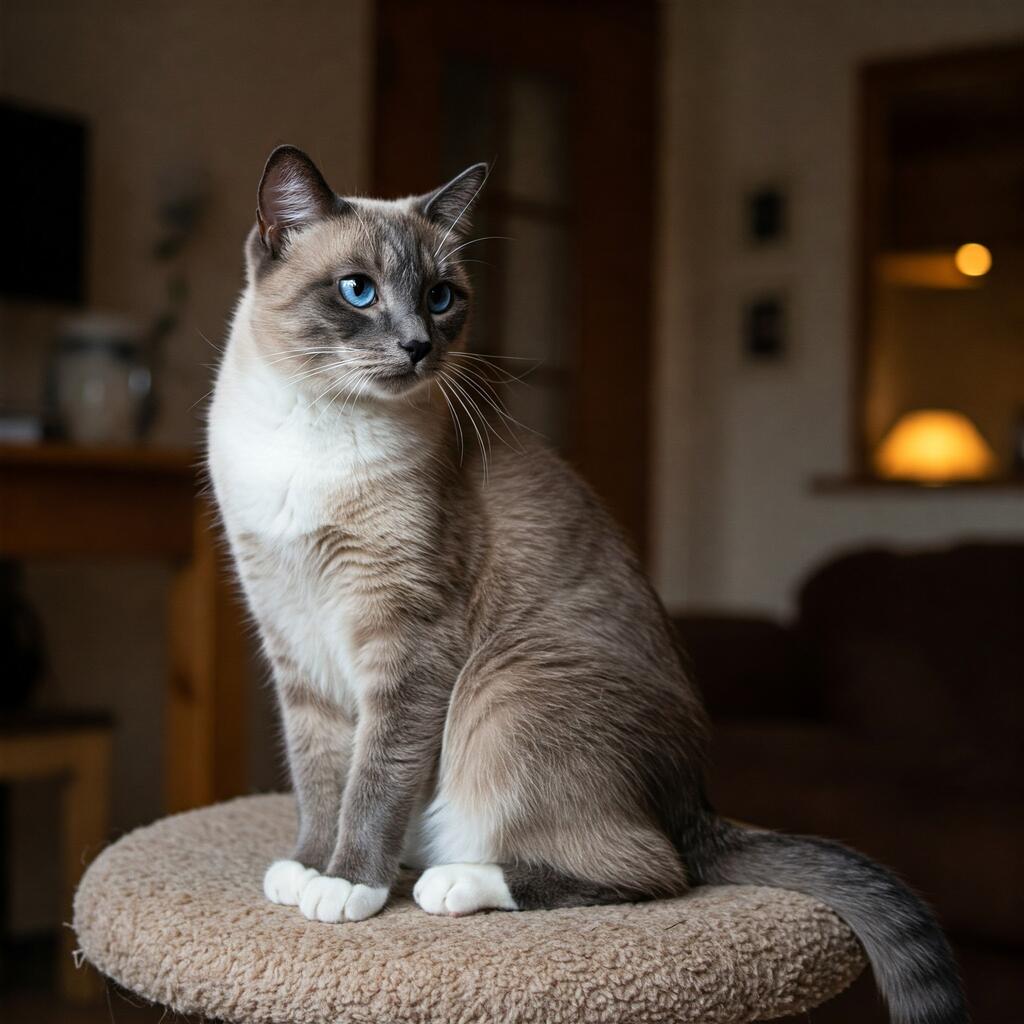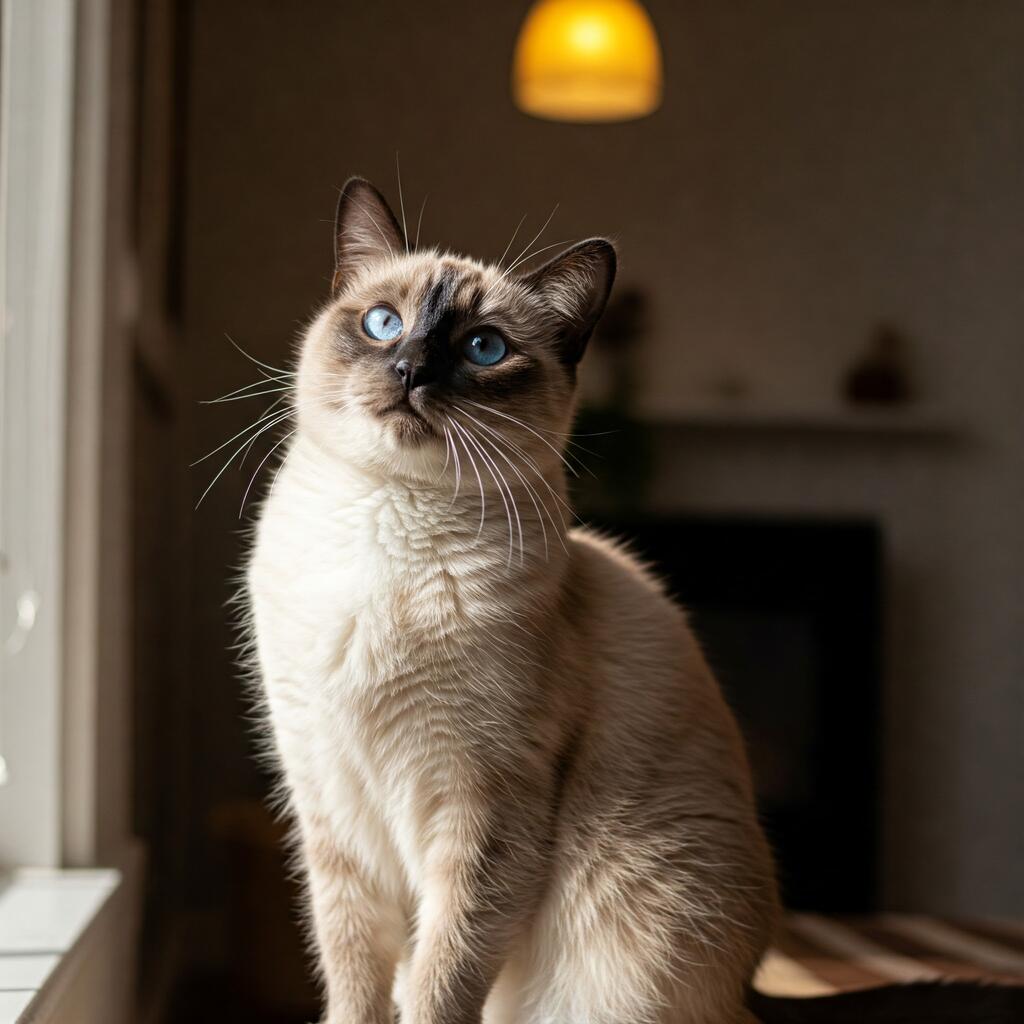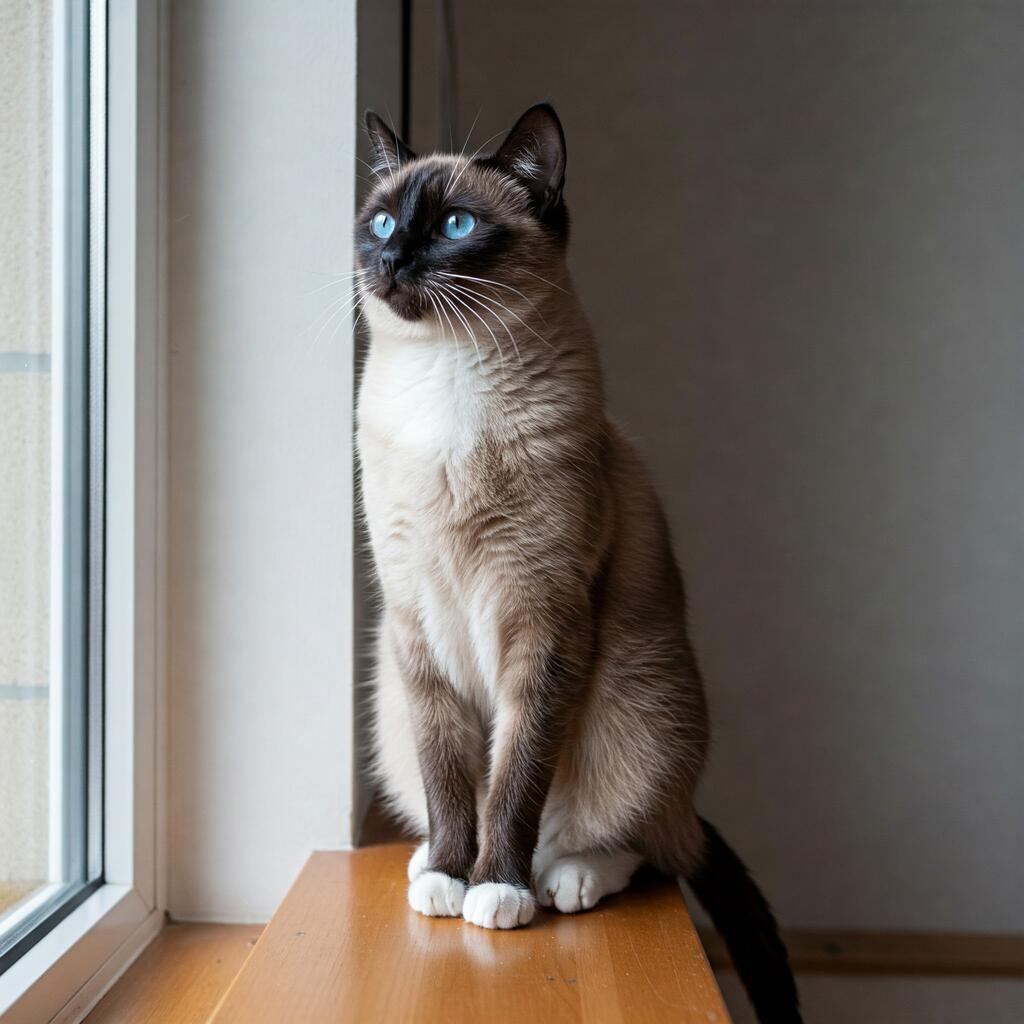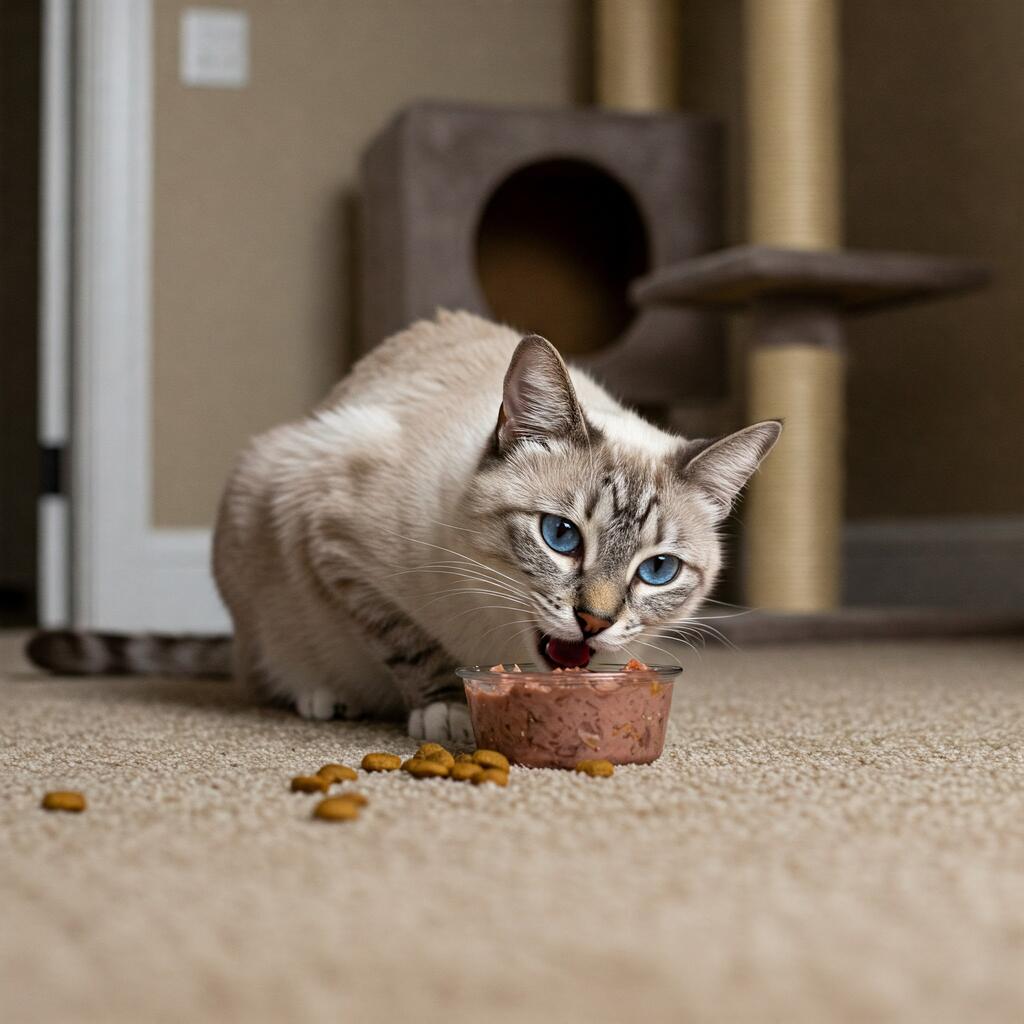
The Distinctive Paws of the Snowshoe Cat Breed
The Snowshoe Cat breed was born, like many other cat breeds, accidentally. It is still a very young breed, as it was developed in the 1960s by Dorothy Hinds-Daugherty, a Siamese cat breeder from Philadelphia. Its origins are therefore American and in the United States it is a fairly well-known and appreciated cat, while in the rest of the world it is almost completely unknown.
This breeder found in a litter of Siamese kittens a kitten with the colour characteristics of the Snowshoe, a name that in English means snowshoe, as the main characteristic of this breed are the completely white paws, while the coat can be of various colours. From there, she began a selection process that led her to create this new breed, which she named Snowshoe.
It is very similar to the Siamese although character-wise it is a different matter; it is much more accommodating and tame. Unfortunately, specimens of this breed are quite rare as the gene responsible for the white paws is recessive and therefore not many kittens are born with this characteristic.
Character of the Snowshoe Cat

They seek contact with people and love to be the centre of attention while not being intrusive at all. They are lively and playful even late in life, so they are suitable for children, just leave them alone when they decide it is time for them to be alone and look for a quiet corner for a healthy nap.
Even if they occasionally like to be on their own, they are cats that should not be left alone for long, as they suffer from loneliness; if you are often away from home, it is a good idea to adopt two kittens, perhaps from the same litter, to keep them company. However, they also get along well with dogs.
They are quite curious with strangers, so new things in the home are always welcome, although some kittens will take some time to adapt, which depends very much on the character of the individual.
They are excellent hunters, so if they have the opportunity to be outdoors for a while, they will be happy to chase and hunt prey; they are also excellent jumpers and will happily climb trees. The only thing to watch out for is that their curiosity may drive them to try to go outside, so it would be good to keep them outside only if in a safe garden.
Appearance of the Snowshoe Cat

The head is rounded and slightly wedge-shaped, but not sharp, on the contrary its lines are soft, the chin is well proportioned, the ears are wide at the base and with rounded tips, while the almond-shaped eyes are deep blue and very expressive. On the muzzle is the typical inverted V-shaped white mask.
The coat colour is that of its Siamese ancestors, the most popular colours being seal and blue, but can also be found in chocolate, lilac, and with a coat pattern that can be colourpoint or two-tone. The coat is short, soft and without undercoat. The feet must always be white, which is its distinguishing characteristic, and white is also the patch on the muzzle in the shape of a ‘V’ that stretches across the throat and chest.
Health and care of the Snowshoe Cat

Its diet must be balanced and controlled, as it tends to eat more than it needs, with the dangers of obesity in old age.
As for the care of its coat, this is quite simple, it does not lose much hair even during the moulting period and a brush once a week is enough to keep it shiny and clean.






















